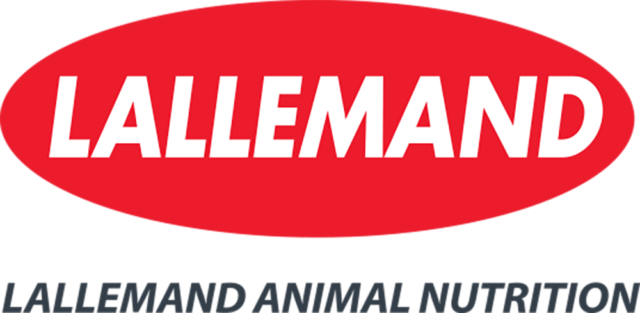We have learned a lot about how essential fatty acids (EFAs) work since they were first introduced to the dairy market more than 20 years ago. At first, the focus was on the enhanced reproductive benefits, but over time, we have learned that there is much more to EFAs than just better pregnancy rates.
We know that EFAs have a positive effect on immune function and reproductive performance when adequately and properly supplied to lactating cows. We also know that EFAs perform several biological functions that impact productivity, immune function and reproduction, which include:
- Influencing normal cellular functions
- Alleviating postpartum negative energy balance
- Aiding in the stimulation and/or inhibition of other reproductive hormones
- Serving as a precursor to eicosanoids and steroid hormones, both of which play key roles in reproduction and immune function
Must be supplemented
EFAs cannot be produced inside the cow and must be supplied through feed ingredients. Some commodity ingredients – roasted soybeans, flaxseed, whole cottonseed, tallow and fish oil – can deliver omega-3 and omega-6 EFAs to the cow. Unfortunately, when fed to cows, unprotected EFAs will break down in the rumen through a process called biohydrogenation. Through this process, bacteria convert unsaturated fatty acids – even essential ones, such as omega-3 and omega-6 – into saturated fatty acids. While cows could eat large quantities of unsaturated fatty acids from standard feed ingredients, most of these will be converted to saturated fatty acids and therefore unavailable for uptake into milkfat, meat or tissues.
Bypass technology reduces biohydrogenation and provides a concentrated source of energy and EFAs directly to the intestine for absorption. Several bypass ingredients are available on the market.
Need for both omega-3 and omega-6
Some in the industry question the need to feed both omega-3 and omega-6 products. However, the research on the subject shows that a combination of both ingredients in a certain ratio is essential, as each has specific functions in regulating prostaglandin synthesis in the regulation of physiologic and immune functions. In addition, both EFAs are needed for recognition, implantation, oviduct contraction, etc. to reduce early embryonic death.
Like amino acids, vitamins and minerals, EFAs are essential nutrients that have to be fed in combination throughout the lactation cycle.
A variety of research trials show that, when fed in combination in a rumen-protected format, omega-3 and omega-6 EFAs have been scientifically shown to improve:
- Immune functions: Reduced incidence of clinical and subclinical endometritis by 30 days in milk (DIM)
- Uterine health: Greater ovarian activity, as shown through the percentage of ovaries with ovulatory-sized follicles
- Reproductive success: Higher cumulative pregnancy rates
- Production performance: Increase in regular and fat-corrected milk production
We know a lot about the benefits of EFAs, but we continue to learn more about the mechanisms involved in how a cow’s nutrition and immune status impact reproductive performance. Research continues to show how the nutritional status of a cow affects postpartum immune function and subsequent reproductive performance.
In a recent field study project, five dairies agreed to evaluate the efficacy of feeding a bypass EFA product on fresh cow immune function and reproduction. A total of 9,947 cows were evaluated. Prior to calving, cows were fed 0.25 pound per day for 21 days. After calving, the rate went up to 0.5 to 0.75 pound per day for at least 30 days.
Better BHBA levels
Beta-hydroxybutyric acid (BHBA) was measured on one dairy in New York. Concentrations of circulating BHBA indicate the cow’s ability to deal with metabolic changes in the transition period. Serum BHBA concentrations measure the oxidation of fat and reflect the success of a cow in adapting to negative energy balance that occurs after calving. Higher concentrations of BHBA at calving have been associated with a higher risk of disease and reduced reproductive performance. On the dairy where serum concentrations were collected, BHBA levels were reduced by 44% in cows fed EFAs.
Other results include:
- The first linear somatic cell score was significantly lower in every herd.
- The incidence of early embryonic death was lower across all five herds.
- The first 305-day projected milk indicators were higher in all of the herds that reported it.
- The conception rate improved from 7% to 15% across herds.
- The pregnancy rate increased 7% to 16% across herds.
- The net profit improved on all dairies, ranging from $28 to $248 per cow per year based on performance improvements.
Multiple on-farm demonstrations and control trials conducted on geographically diverse dairies show that cows fed EFAs supported improved immune function, increased pregnancy parameters and higher levels of production. When considering feeding an EFA product to capture these benefits, be aware that there are a variety of products on the market that offer EFAs – specifically omega-3 and omega-6 EFAs – for dairy cows. When selecting a product, it is important to rely on published research that supports product benefits.







